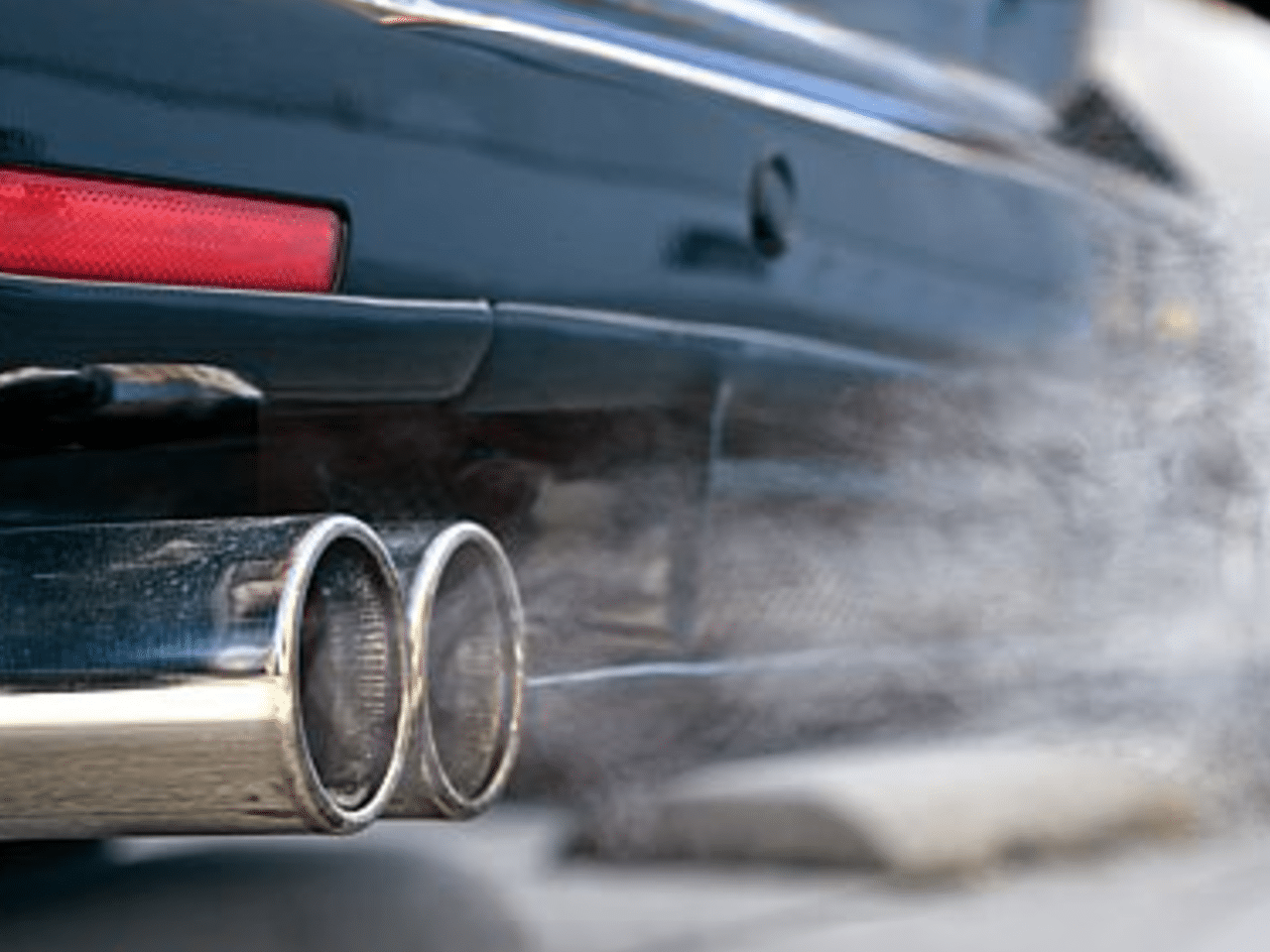United States to Ease Emissions Requirements and Slow Electric Vehicle Transition
Will the revised emissions requirements and slower EV transition pave the way for a more sustainable and economically viable future?
President Joe Biden is set to announce softer annual emissions requirements and a slower transition toward an all-electric vehicle fleet, according to a report by Reuters. This news comes in response to requests from OEMs and unions, who argue that EV technology is still too expensive for mainstream consumers and that more time is needed to develop charging infrastructure.
In April of last year, the US Environmental Protection Agency (USEPA) proposed a 56% reduction in new vehicle emissions by 2032. This included targets for OEMs to increase the electric vehicle model mix to 60% by 2030 and 67% by 2032. However, under the revised proposal expected to be announced in March, the USEPA will slow down the pace of its emissions requirements through the end of the decade. This means that EVs are projected to account for less than 60% of total vehicles produced by 2030.
The United Automobile Workers (UAW) and the Alliance for Automotive Innovation (AAI) support this revised proposal. They argue that the USEPA’s initial proposal was too stringent and that a slower transition is necessary to give the market and supply chains time to catch up. They also highlight the importance of maintaining customer choice, expanding public charging infrastructure, and utilizing industrial credits and incentives to facilitate the shift to electric vehicles.
John Bozzella, CEO of AAI, emphasizes the need for a gradual and realistic approach: ‘Give the market and supply chains a chance to catch up, maintain a customer’s ability to choose, let more public charging come online, let industrial credits and the Inflation Reduction Act do their thing and impact the industrial shift.’
The USEPA spokesperson confirmed that the proposal is still under review and stated that their goal is to finalize a ruling that achieves reductions in air and climate pollution without compromising economic benefits. In addition to emissions requirements, the USEPA is expected to address other concerns raised by OEMs. This includes a proposal to reduce particulate matter from petrol-powered vehicles, which some argue would require costly petrol particulate filters on every vehicle. OEMs also object to the USEPA’s plan to eliminate the use of enrichment, a strategy that enhances engine performance and prevents damage from hot exhaust gases.
Furthermore, Reuters reports that OEMs are alarmed by the Energy Department’s proposal to revise fuel economy ratings for electric vehicles. They argue that this would significantly increase fines for non-compliance with the Transportation Department’s Corporate Average Fuel Economy program.
The revised proposal from the Energy Department is currently under review by the White House, and announcements regarding its outcomes are expected in the coming months.
- President Biden to announce softer annual emissions requirements
- Transition to all-electric vehicle fleet to be slowed down
- OEMs and unions argue that EV technology is too costly for mainstream consumers
- More time needed to develop suitable charging infrastructure
- Revised proposal expected to result in EVs accounting for less than 60% of total vehicles produced by 2030
- United Automobile Workers and Alliance for Automotive Innovation support the revised proposal
- USEPA plans to finalize ruling soon
- OEMs raise concerns about particulate matter reduction and elimination of enrichment
- OEMs criticize Energy Department’s proposal to revise fuel economy ratings for electric vehicles
President Biden’s upcoming announcement of softer emissions requirements and a slower transition to an all-electric vehicle fleet reflects the concerns raised by OEMs and unions. While the initial proposal by the USEPA aimed for a more rapid shift, the revised plan takes into account the need for additional time and resources to make EV technology more accessible and to develop charging infrastructure. The support from the United Automobile Workers and the Alliance for Automotive Innovation highlights the importance of a gradual approach that balances environmental goals with economic considerations. As the proposals undergo review and finalization, the future of emissions requirements and EV adoption in the United States remains a topic of great interest.
